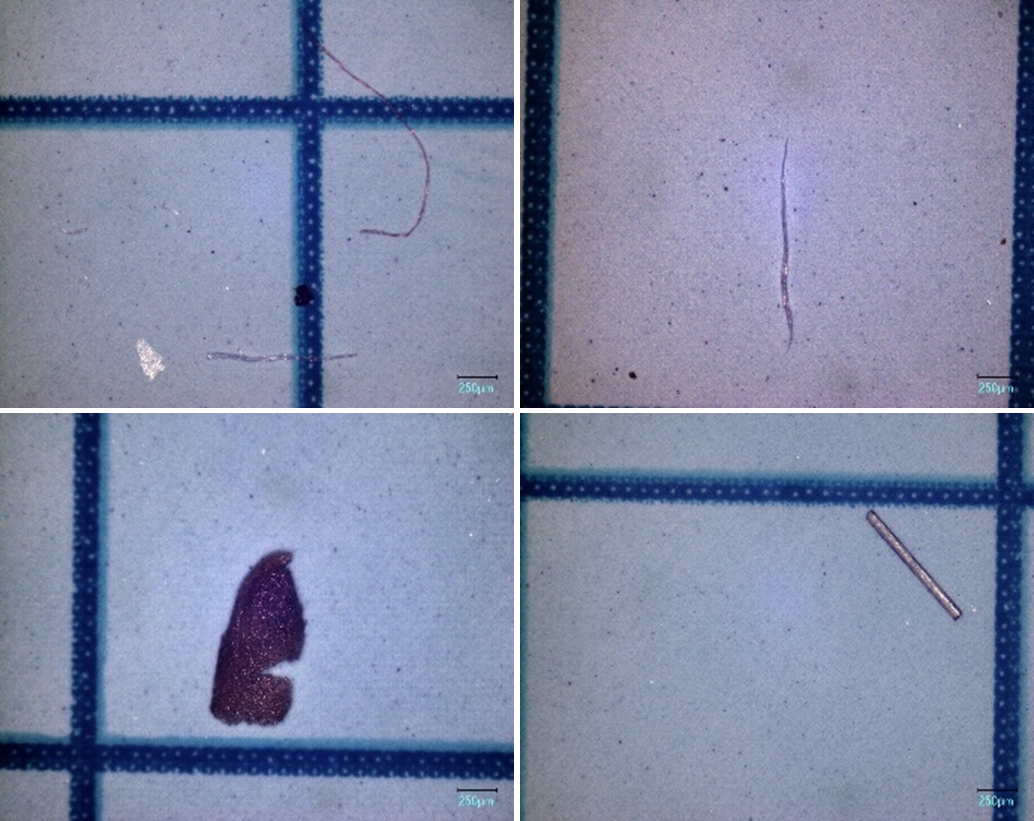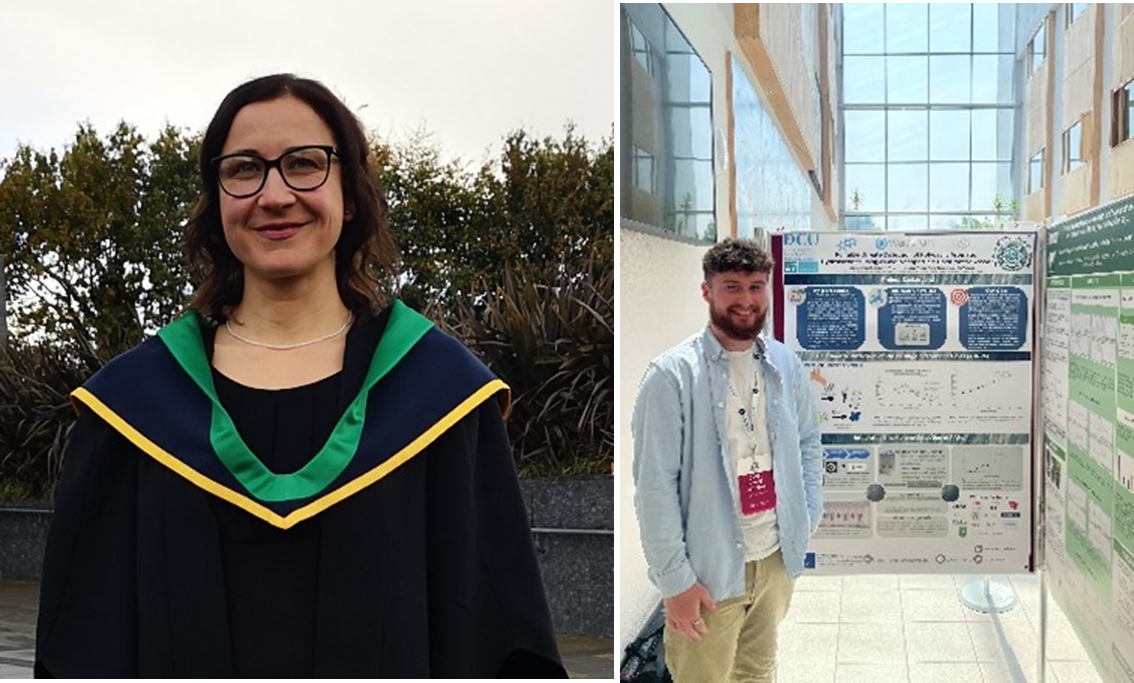Recently, researchers collected cloud water at the high altitudes of Mount Fuji in Japan and discovered microplastics!1 Another study from Saint Louis University in Missouri found microplastics in caves that had been closed off to humans for over three decades. Surprisingly, they found that there were 100 times more microplastics in the sediment on the cave floor than in the water, which raises concerns about how much of this pollution is entering our groundwater.2 Accordingly, it seems clear that the levels of microplastic pollution continue spreading witinin our environment reaching even isolated aeras. That is why it is important to first understand how microplastics travel in our enviroment ending up in the Mount Fuji or in our back garden, so effective systems can be designed to tackle spread and removal of these tiny plastic particles.
On that front, preliminary results obtained from the recent sampling campaign performed by DCU’s team on DCU campus confirmed that samples collected during rain events in areas with high human activity, such as those around sports’ grounds and access to buildings, presented the highest concentration of microplastics. Our findings also indicated that microfibers are the most common type of microplastics found in the open environment, as seen in one of the previously mentioned studies from Saint Louis University. We compared water samples collected from the ground to those from downpipes and found that ground samples typically contained high numbers of microplastic fibers and microplastic fragments with sizes in the 1-3 mm range, while downpipe samples mainly contained microfibres.

Figure 1. Examples of microplastics found in DCU’s water runoff samples.
Marianna Zolyomiova, who recently graduated from DCU with a BSc (Hons) in Analytical Science, worked on the development of this on-campus sampling campaing and the correspoding sample analysis during her final year research project. She has just returned to continue her work within DCU’s team as a new PhD researcher funded by the Waterun Project. Her PhD project will focus on developing new methods for rapid on-site analysis of microplastics, which is essential for understanding their distribution in stormwater runoff in urban areas.

Figure 2. Marianna at her BSc Graduation ceremony this week (left) and Caoilte at the ICI Colloquium this summer (right).
DCU’s work on the development of colorimetric sensors for polycyclic aromatic hydrocarbons (PAHs) in urban runoff waters was also recently presented by Caoilte at the 74th Institute of Chemistry Ireland (ICI) Colloquium held in the National University of Galway (Ireland). His poster introduced the Waterun EU project to an audience coming from all the National Universities of Ireland, with whom he was able to discuss interesting questions around the selectivity of our sensors for differentiating PAHs from one another and from other persistent organic pollutants, along with the objectives of Waterun in mitigating diffuse pollution. Thanks to the ICI Colloquium organisers for the fantastic opportunity to present our work!
References:
1. Wang, Y.; Okochi, H.; Tani, Y.; Hayami, H.; Minami, Y.; Katsumi, N.; Takeuchi, M.; Sorimachi, A.; Fujii, Y.; Kajino, M.; Adachi, K.; Ishihara, Y.; Iwamoto, Y.; Niida, Y. Airborne Hydrophilic Microplastics in Cloud Water at High Altitudes and Their Role in Cloud Formation. Environ Chem Lett 2023, 21 (6), 3055–3062. https://doi.org/10.1007/s10311-023-01626-x.
2. Hasenmueller, E. A.; Baraza, T.; Hernandez, N. F.; Finegan, C. R. Cave Sediment Sequesters Anthropogenic Microparticles (Including Microplastics and Modified Cellulose) in Subsurface Environments. Sci Total Environ 2023, 893, 164690. https://doi.org/10.1016/j.scitotenv.2023.164690.
Authors: DCU Team (Contact: mercedes.vazquez@dcu.ie, caoilte.orourkeocuirrin43@mail.dcu.ie) - 25/10/2023